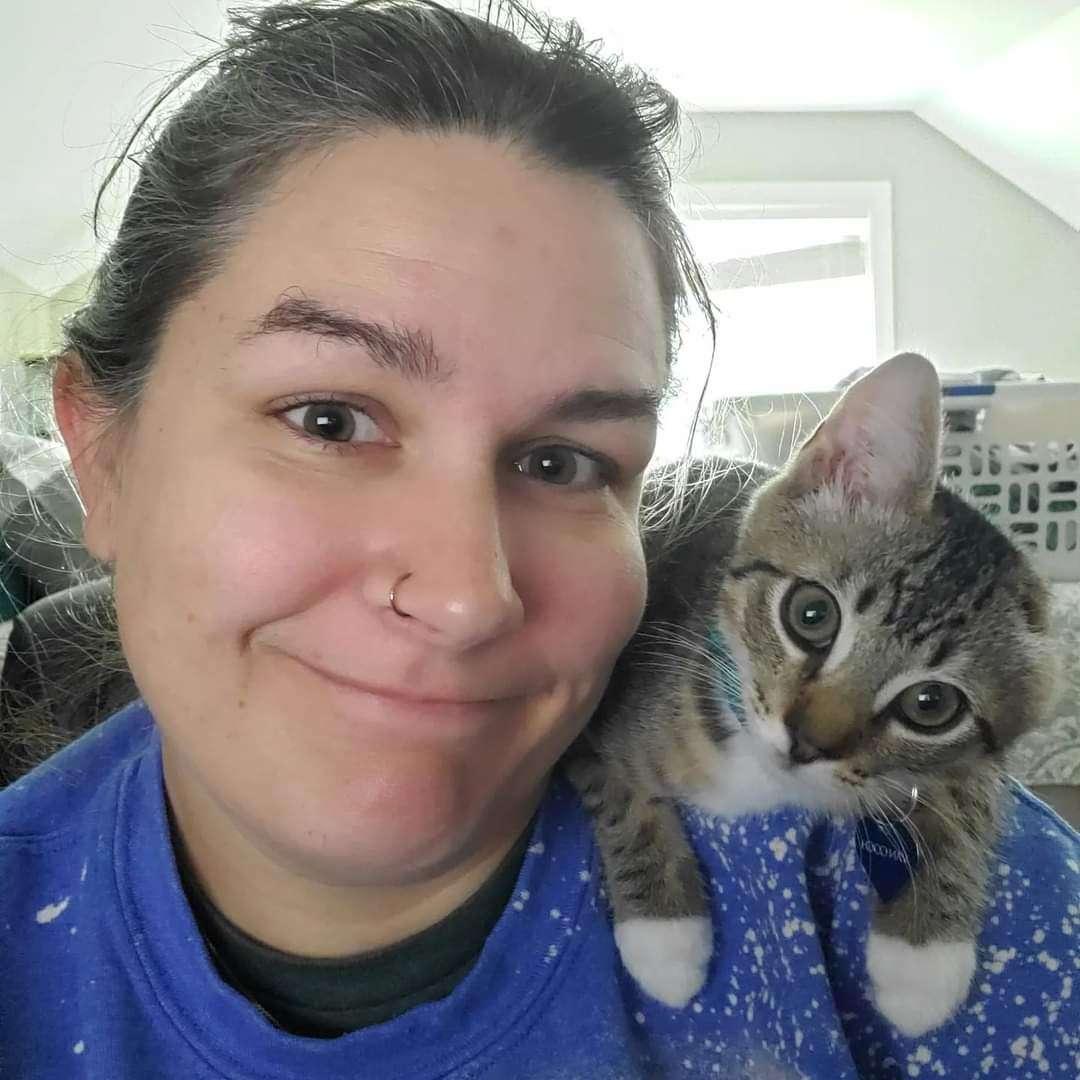Lisa Bunnell, RVT
Cat wrangling is tough. Despite their size, cats are fierce, flexible, and fast and can be a formidable opponent to veterinary staff. The notion that in a fair fight, a cat will win is more often true than not. So, what can we do to level the playing field?
- Be prepared. Cats are agile and lightning-fast. They will take every advantage presented by the distraction caused by looking for equipment or medication to escape and/or attack. Have everything ready and organized ahead of time – sedation, oral meds, syringes, nail trimmers, blood tubes, etc. Anything and everything you need to accomplish your mission must be set up and easily accessible. Designate tasks for every team member ahead of time. The confusion of who has the tubes and who is drawing the blood only aids the cat. Assign no task to the handler whenever possible except restraining the cat.
- Clear out your space. Nothing creates more chaos than things flying across a room and banging to the floor when a cat attempts to escape. Before going into a cage to remove a cat, remove as many items as possible – remove water/food dishes, box hides, and excess blankets. They will only get in your way and agitate the cat when it crashes to the ground as you take it out. The same is true for your procedure/exam table. Keep supplies as far to one side as possible so they don’t go flying during a cat flail. Take time before getting the cat out to check for places they can run and hide before and minimize their access to those spaces.
- Keep calm. That goes for you as an individual and the space around you. Minimize the number of people participating and keep as many non-essential people out of the area as possible. Keep the area as quiet as possible with as little activity as possible. Before handling the cat, take some deep breaths to lower your heart rate, as cats will feed off the anxiety they feel from us. Use soothing, quiet, deeper tones of voice when talking to the cat. With cats, remember – smooth is steady, steady is fast. Jerky, fast motions will only rile a cat up and get it into fight or flight mode, so keep your movements calm and efficient. Nothing creates more tension while removing a cat from a cage than feints, jerks, and back-and-forth motions with towels or blankets. It’s like waving a red flag in front of a bull. Once you start moving, commit.
- Protect yourself. Keep a loose-fitting sweatshirt at your clinic for handling cats. The loose fabric will protect your arms and give you a buffer from sharp teeth and nails. While they can limit mobility for fine motor skills, cat gloves can prevent significant biting and scratching injuries while handling a cat. They’re also a good distraction if the cat wants to go to town, biting an empty fingertip on the gloves rather than squirming against their handler. Handle cats with thicker, small to medium-sized towels and blankets. Too much fabric impedes effective handling, so go for a smaller size as thick as possible. Towels are generally preferable, as the fabric weave tends to be tighter and thus more protective for you. Cat muzzles can be used but often are more challenging to put on than dog muzzles, and cats have a way of getting them off, so don’t rely on them.
- Pheromones and other cat-calming devices are generally not effective in clinics. Manufacturer information in pheromone diffusers states that it takes up to 30 days to see the effect of the pheromones in a cat, so unless the cat is exposed to pheromones at home, they likely aren’t going to be calmed by the 15 minutes they’re exposed to it in the clinic. Additionally, when they arrive at the clinic, cats are usually already agitated beyond the effectiveness of pheromones.
Spicy cats present a challenge, but following these tips can significantly increase your chances of having a successful and uneventful cat wrangling session!

